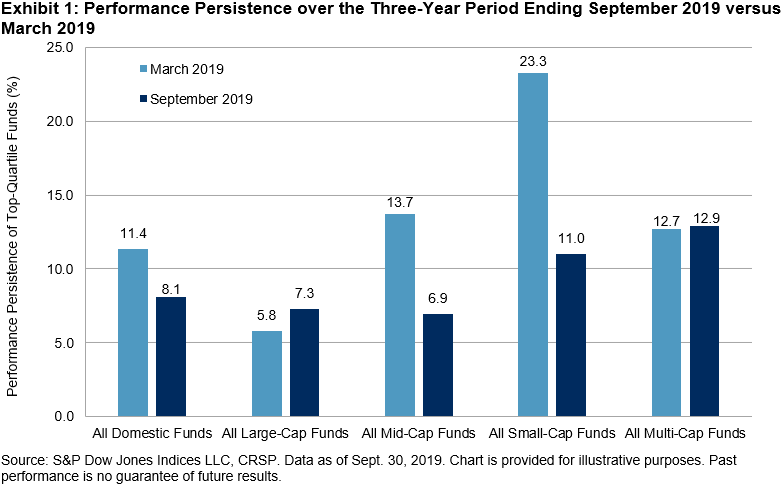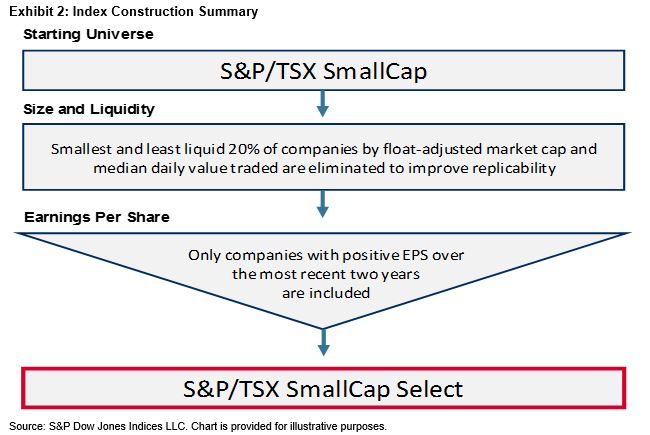At the General Election on Thursday, U.K. voters handed a resounding victory to Boris Johnson’s Conservative party. The British electorate awarded the party with 365 out of 650 seats, the largest outright majority of any U.K. government since 2001, and the biggest victory for the Conservative party since Margaret Thatcher’s final victory in 1987.
Exhibit 1: Johnson wins largest Conservative Majority Since 1987

For once, the polls largely got it right. A conservative majority had been predicted ever since Johnson’s elevation to Prime Minister on July 23rd, 2019; the market’s reaction on Friday continued along the line of established trends. Exhibit 2 shows selected winners and losers from Friday’s trading, as well as the cumulative performance of the same indices since the mid-summer.
Exhibit 2: U.K. Equity Election Winners and Losers

In signs that the market believes the U.K. economy may benefit in the near-term, smaller U.K. companies outperformed larger companies, and companies with more domestically-focused revenues outperformed those with a more international customer base. Airlines, which had been hammered by the twin threats of a “no deal” Brexit and the Brits’ diminishing holiday purchasing power, soared. Meanwhile the automobile industry, perhaps nervously anticipating the focus of U.S. / U.K. trade talks, added to the recent declines.
With the pound sterling moving 7% over the past five months, it is tempting to wonder if currency movements (and sensitivities to exchange rates) offer a universal explanation for the recent, relative performances of British equities. Even in U.S. dollar terms, however, U.K. companies tilted towards domestic customers have made significant gains since June, rising by more than a quarter in total return. Over the same period, internationally-focused U.K. firms finished flat.
Exhibit 3: Domestic U.K. Firms Have Risen 25% in U.S. Dollar Terms Since June

The U.K. economy, widely viewed as a difficult and stressful place to invest during the fragile governments of former Prime Ministers May and Cameron, may be becoming “investable” once more as the impasse in parliament unblocks. However, there remains much to do before the U.K. can emerge from negotiations with its European partners. While the current focus is the exit terms from the trading bloc, a negotiation on the terms of future trade must follow.
The posts on this blog are opinions, not advice. Please read our Disclaimers.



















































